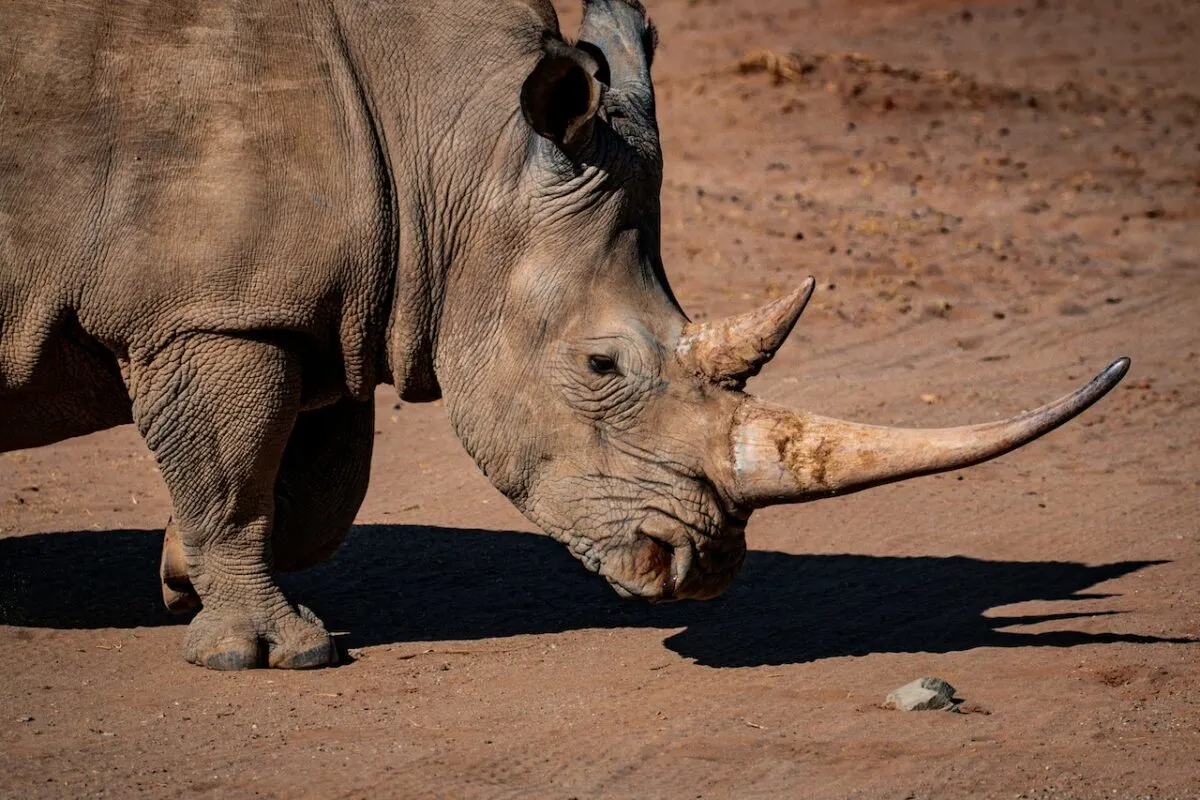As could be expected, the list of most endangered species of animals is a difficult one to face. The sad truth is that animal extinctions continue to occur around the world at an alarming rate.
Anthropogenic activities threaten and take away many species’ habitats daily, with some even reaching critically-endangered levels quickly. It has created an urgent need for conservation efforts, including legislation such as the Endangered Species Act to protect these animals from further devastation or, worse yet – extinction.
In this guideline, we will discuss some of the most endangered animals on Earth today and what can be done to help them survive their continued fight against human impact.
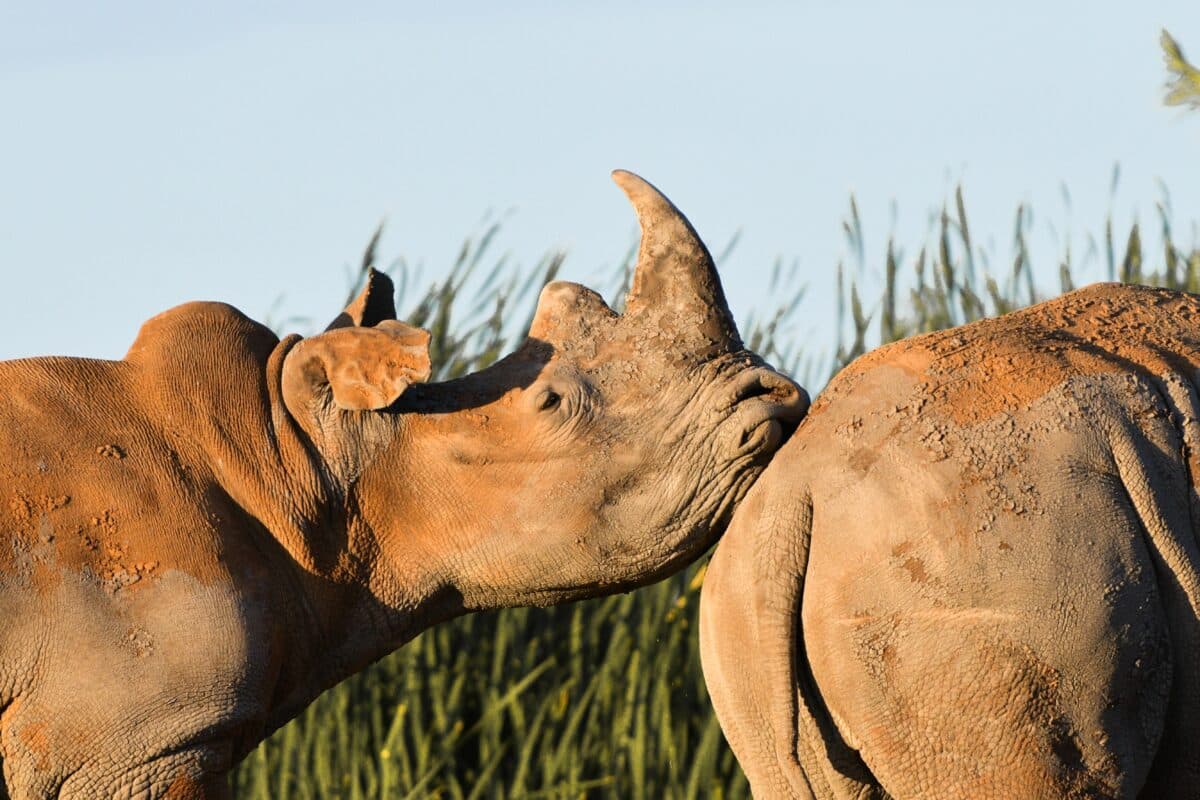
Want to jump ahead? Click below
Overview Of The Most Endangered Species Of Animal
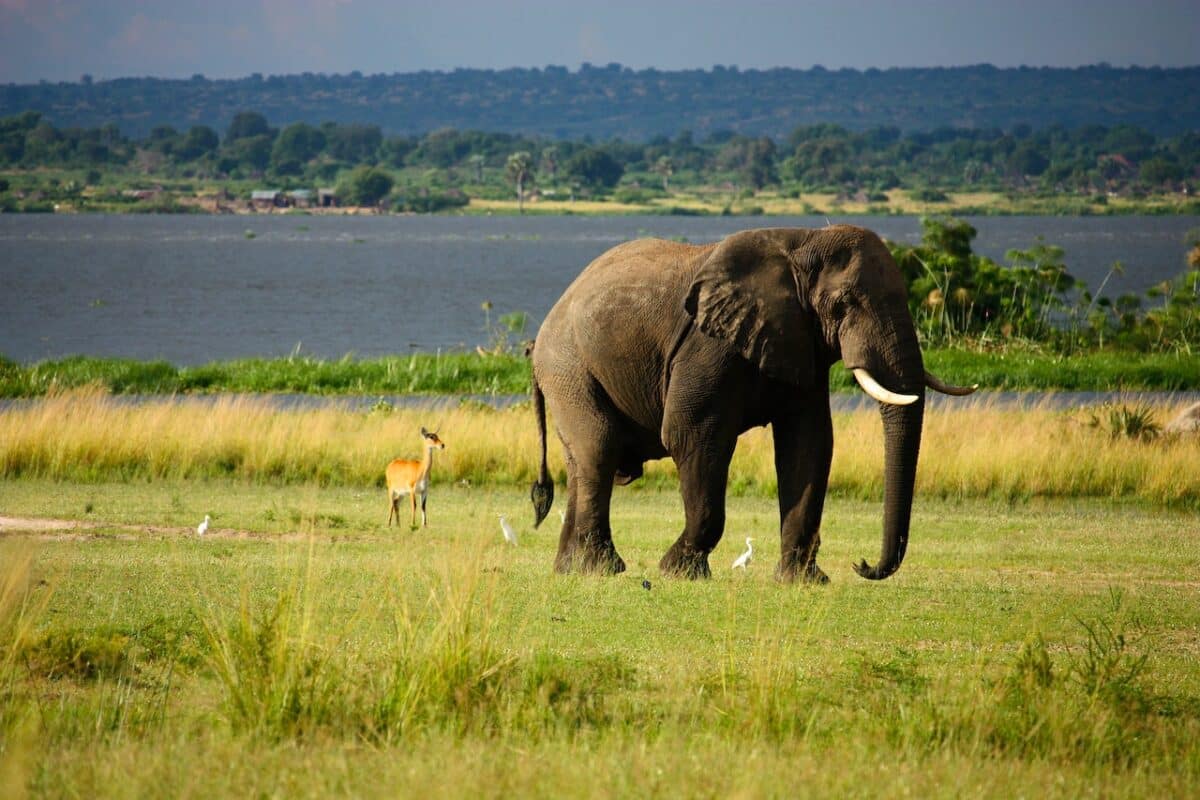
The world is facing a crisis of rapid extinction, and today, many species of animals are at risk of disappearing forever. The Sumatran Tiger, with less than 400 individuals remaining in the wild, was recently classified as critically endangered due to habitat destruction and poaching.
Remarkable strides have been made in conservation initiatives to safeguard and maintain the population of this splendid species. Similarly, the Amur Leopard, with a population of fewer than 100 individuals, is one of the world’s rarest animals, and conservation strategies are being applied to save them.
Gorillas, Asian elephants, and African rhinos are also critically endangered due to habitat loss and poaching, with conservation efforts underway to protect their natural habitats and prevent them from becoming extinct.
Conservation efforts like these offer us hope to ensure these magnificent animals’ survival and preserve the natural world’s biodiversity.
Sumatran Tiger – Threats, Conservation Efforts And Current Status.
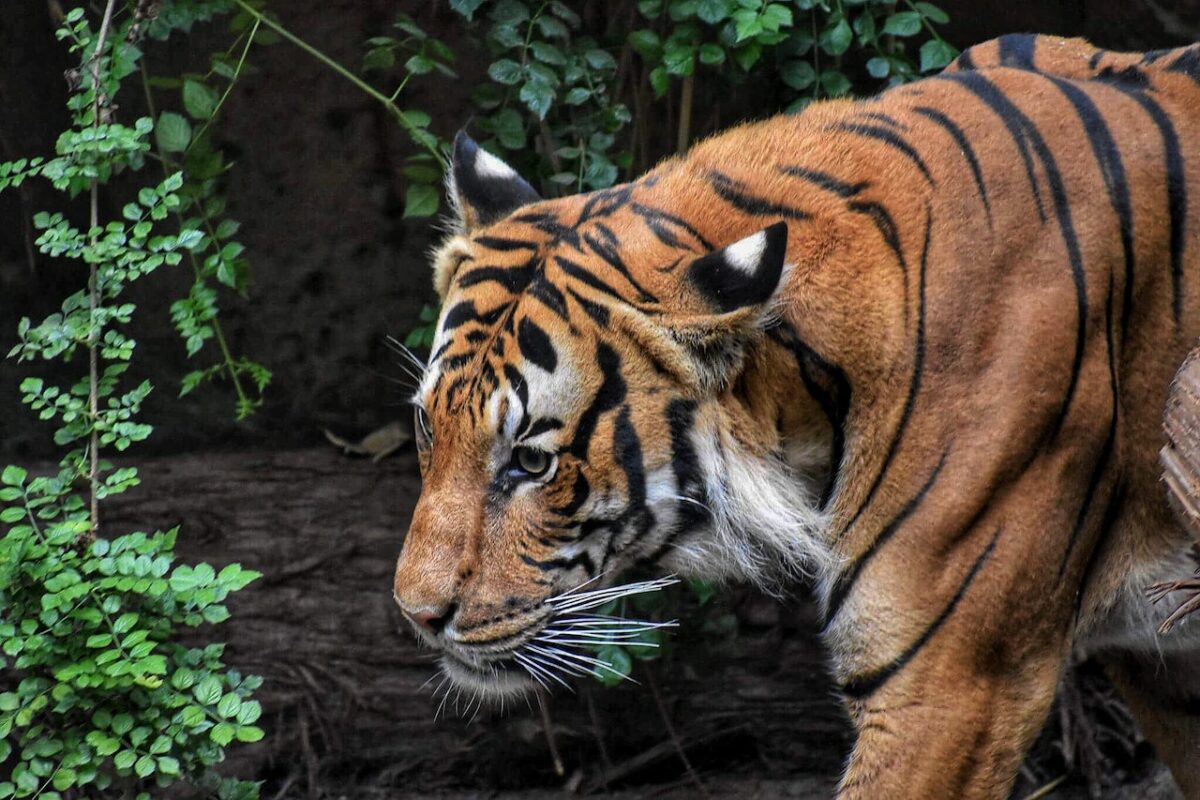
Conservation efforts are crucial for the survival of the critically endangered Sumatran Tiger, which is indigenous to the Indonesian island of Sumatra and has a wild population of only about 400 individuals.
Threats:
- Habitat loss is caused by deforestation and land conversion for agriculture and palm oil plantations, which has resulted in the destruction of many natural habitats.
- The illegal poaching of animals for their skin, bones, and other body parts, as well as for the illegal wildlife trade, has further exacerbated the issue of declining animal populations
- Conflict with humans, as tigers sometimes attack livestock and even humans.
Conservation Efforts:
- The Indonesian government has established protected areas for Sumatran tigers, including national parks and wildlife reserves.
- Non-governmental organizations such as World Wildlife Fund and Wildlife Conservation Society have launched initiatives to protect the tigers and their habitat.
- Efforts to reduce human-tiger conflict include promoting alternative livelihoods and strengthening law enforcement against poaching.
Current Status:
- It is estimated that only around 400 individuals remain in the wild, with a population decline of around 50% over the past 25 years
- As per the International Union for Conservation of Nature’s (IUCN) assessment, the Sumatran tiger is critically endangered and faces an extremely high risk of extinction.
Amur Leopard – Threats, Conservation Efforts And Current Status.
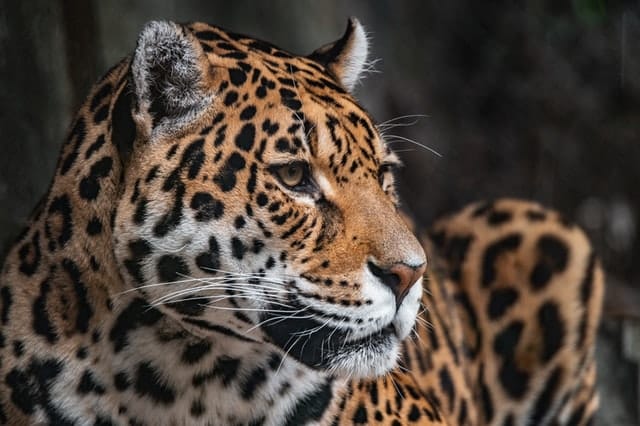
The Amur Leopard is an extremely rare big cat, with critically endangered status. It is found in the temperate forests of eastern Russia, and its population is estimated to be less than 100 individuals.
Threats:
- Habitat loss is caused by logging and the conversion of forests for human use.
- Poaching is also a major threat to the survival of some species, such as the leopard, which is hunted for its spotted fur, which is highly valued in fashion
- Prey depletion, as the Amur leopard’s main prey species (such as deer), is also declining in number.
Conservation Efforts:
- The Russian government has established protected areas for the Amur leopard, including national parks and wildlife reserves.
- Non-governmental organizations such as the Amur Leopard and Tiger Alliance and WWF have launched initiatives to protect the leopards and their habitat.
- Strategies to combat poaching involve enhancing law enforcement measures and encouraging the adoption of alternative livelihoods among local communities.
Current Status:
- It is estimated that only around 100 individuals remain in the wild, with a population decline of around 80% over the past 50 years.
- According to the International Union for Conservation of Nature, the Amur leopard holds a critically endangered status, signifying the urgent need for conservation actions to protect and preserve this species.
Gorillas – Threats, Conservation Efforts And Current Status
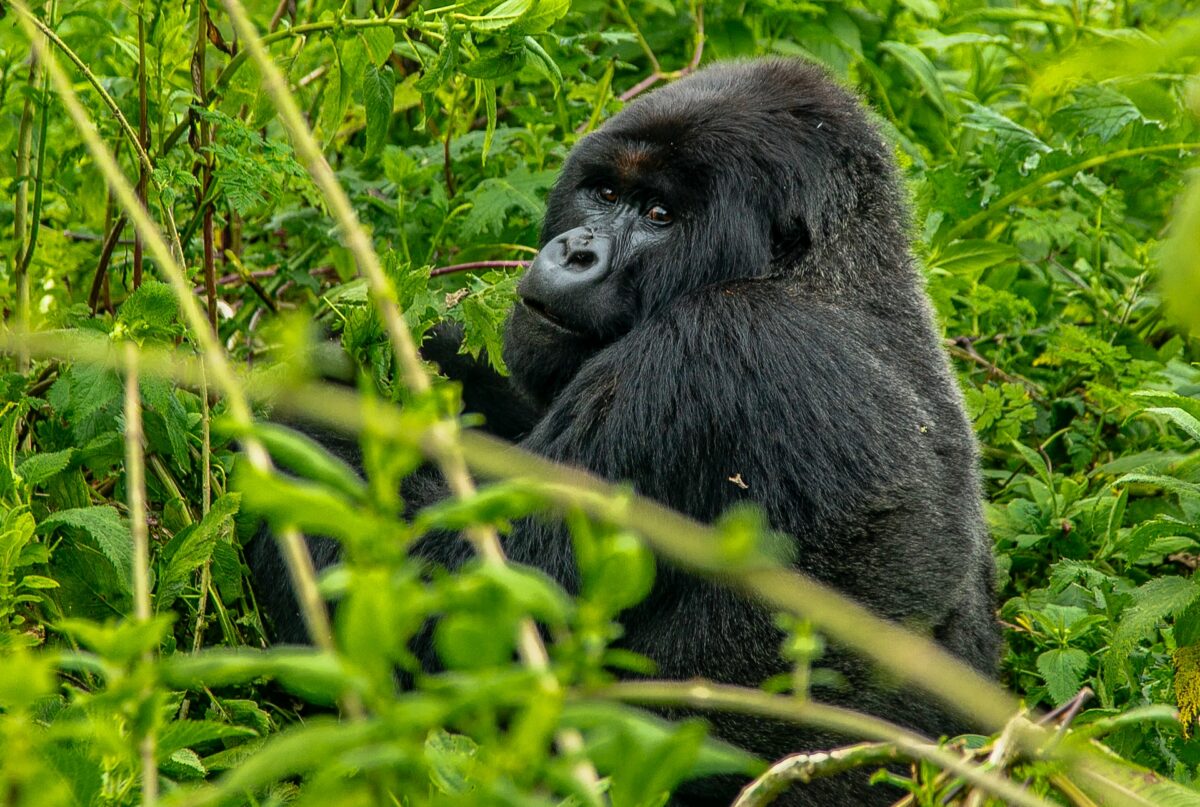
Native to the forests of central Sub-Saharan Africa, gorillas are herbivorous apes that live on the ground. They are known for their muscular build and prominent brows, and are recognized as the largest primates in the world. Two species of gorillas exist, namely the Eastern Gorilla and the Western Gorilla.
Threats:
- Poaching is a significant threat, with gorillas hunted for bushmeat, trophies, and traditional medicine.
- Habitat loss is another major issue caused by mining, logging, and agriculture, which destroys their natural homes.
- Climate change and diseases also pose significant threats to gorillas, further complicating their survival.
Conservation Efforts:
- The protection of gorillas is being ensured through the creation of national parks and other designated protected areas.
- Anti-poaching patrols and law enforcement help in protecting gorillas from poachers.
- Education and awareness campaigns are conducted to promote understanding the importance of gorillas and their habitats.
- Research and monitoring are essential to understanding gorilla behavior and habitat needs and informing conservation efforts.
Current Status:
- There are two species of gorillas: eastern and western gorillas.
- Eastern gorillas are critically endangered, with only around 1,000 individuals left.
- With less than 5,000 individuals remaining, western gorillas are an endangered species.
- However, some populations are showing signs of recovery due to conservation efforts.
Check out 5 Ways to help save gorillas (and other wildlife too).
Asian Elephants – Threats, Conservation Efforts And Current Status
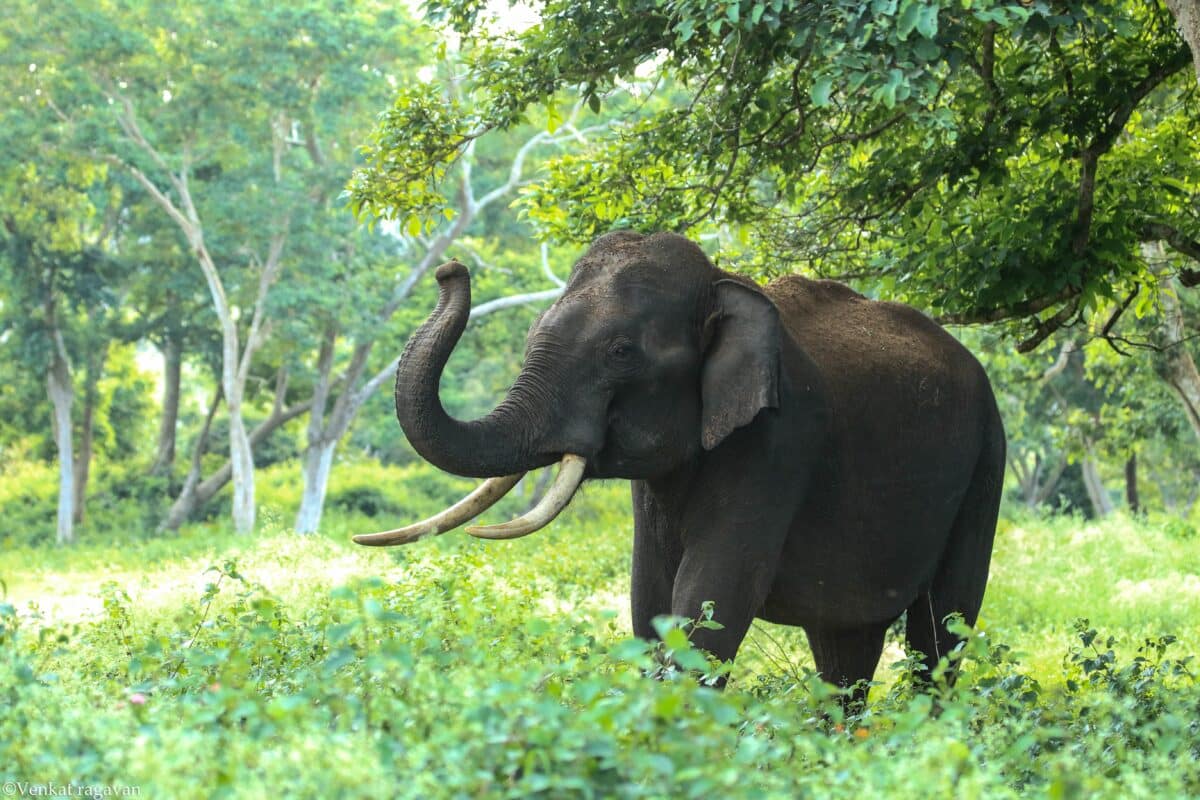
Asian elephants are large, intelligent mammals native to the forests of Asia. Asian elephants, distinguished from African elephants by their smaller ears, smoother skin, and rounded backs, are the largest land animals in Asia.
They are social creatures that live in groups led by a female matriarch and communicate with one another through various noises, gestures, and body postures. These magnificent animals are known for their remarkable ability to form strong social bonds. Asian elephants are only eat plants, feeding on various plants, including grasses, leaves, bark, and fruit.
They play an important role in their ecosystem by dispersing seeds and creating openings in the forest canopy, allowing sunlight to reach the forest floor and increasing new plant growth.
However, Asian elephants are threatened by habitat loss, poaching, and human-elephant conflict, and their populations are lessning rapidly.
Threats:
Asian elephants face numerous threats to their survival, including:
- Habitat loss and fragmentation caused by human activities such as destroying forests, agriculture, and urbanization
- Poaching for their ivory tusks and skins, which are in high demand in the illegal wildlife trade
- Human-elephant conflict occurs when elephants come near human settlements, causing damage to crops and property and sometimes injuring or killing people.
Conservation Efforts:
- Firstly, the protection of Asian elephants necessitates the creation of designated protected areas and corridors.
- Community-based conservation programs can help in the conservation of Asian Elephants.
- Implementing captive breeding and reintroduction programs can help increase the population of Asian elephants.
- Measures need to be taken to deter human-elephant conflicts to ensure the safety of both elephants and humans.
Current Status:
- Around 40,000 – 50,000 individuals of Asian elephants are estimated to be remaining, and they are considered an endangered species.
- However, the population is rapidly getting smaller in many regions.
- Some countries have strong protection laws for elephants, while others still allow the hunting and trade of ivory.
Check out Threats Facing Asian Elephants.
African Rhinos – Threats, Conservation Efforts And Current Status
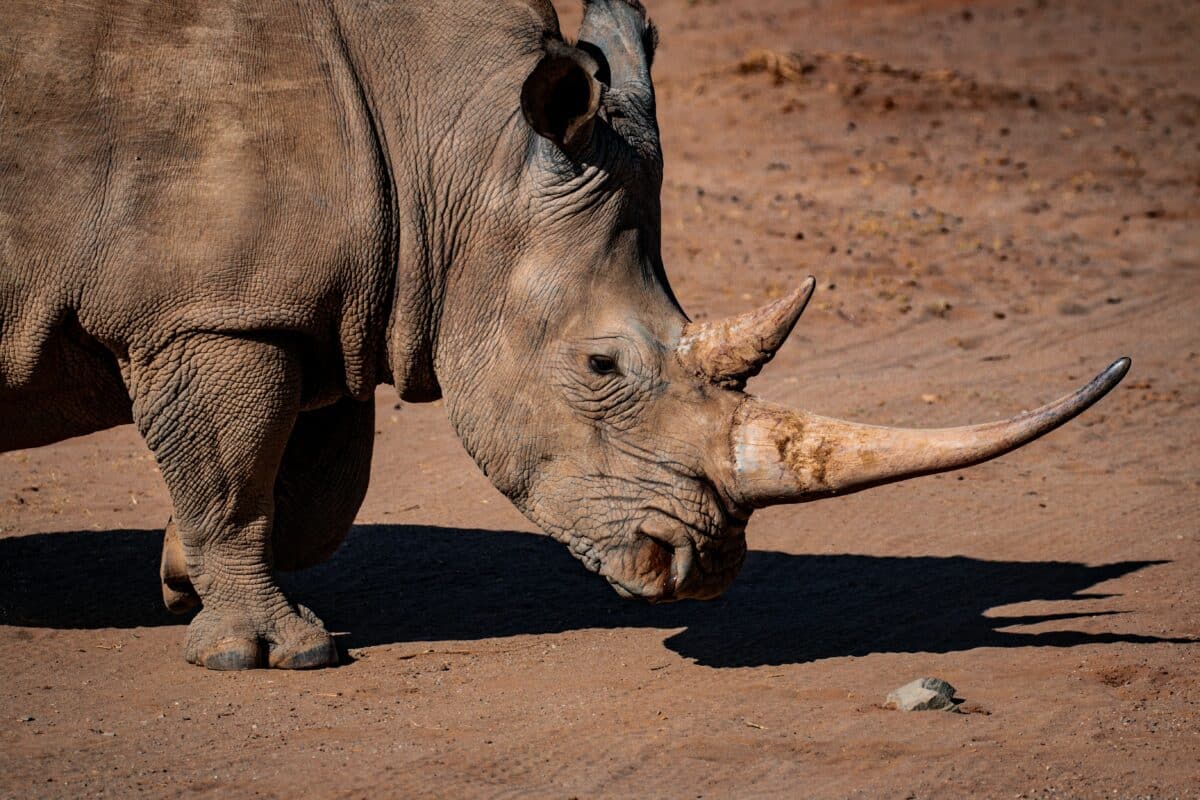
African rhinos are amazing creatures that have roamed the earth for millions of years. Unfortunately, the black and white rhino populations have declined drastically over the past few decades, with the white rhino being listed as Near Threatened and the black rhino being listed as Critically Endangered on the IUCN Red List of Threatened Species.
Threats:
- African rhinos are poached for their horns which are highly valued in traditional medicine and as a luxury item.
- African rhinos face significant threats from habitat loss and degradation.
- Political instability and conflict in some rhino-range countries threaten their survival.
Conservation Efforts:
The conservation of African Rhinos includes several techniques, including:
- Establishing protected areas and sanctuaries is an important conservation strategy to provide safe animal habitats, thus ensuring their long-term survival and protection.
- Secondly, Anti-poaching patrols and law enforcement measures to prevent illegal hunting and trade of rhino horns.
- Thirdly, Rhino horn trade bans and demand reduction campaigns to decrease the demand for rhino horns and reduce the incentive for poaching.
- Fourthly, Rhino translocation and reintroduction programs move rhinos from areas where they are at risk to safer locations. They reintroduce them to places where they have been previously extinct.
Current Status:
- African rhinos are divided into two species: black and white.
- Black rhinos are at a critical stage of endangerment, with fewer than 5,500 individuals remaining in the wild.
- On the other hand, white rhinos are classified as near threatened, with an estimated population of around 18,000 individuals.
Both species have experienced significant declines due to poaching. Finally, some populations are showing signs of recovery thanks to conservation efforts.
Key Points
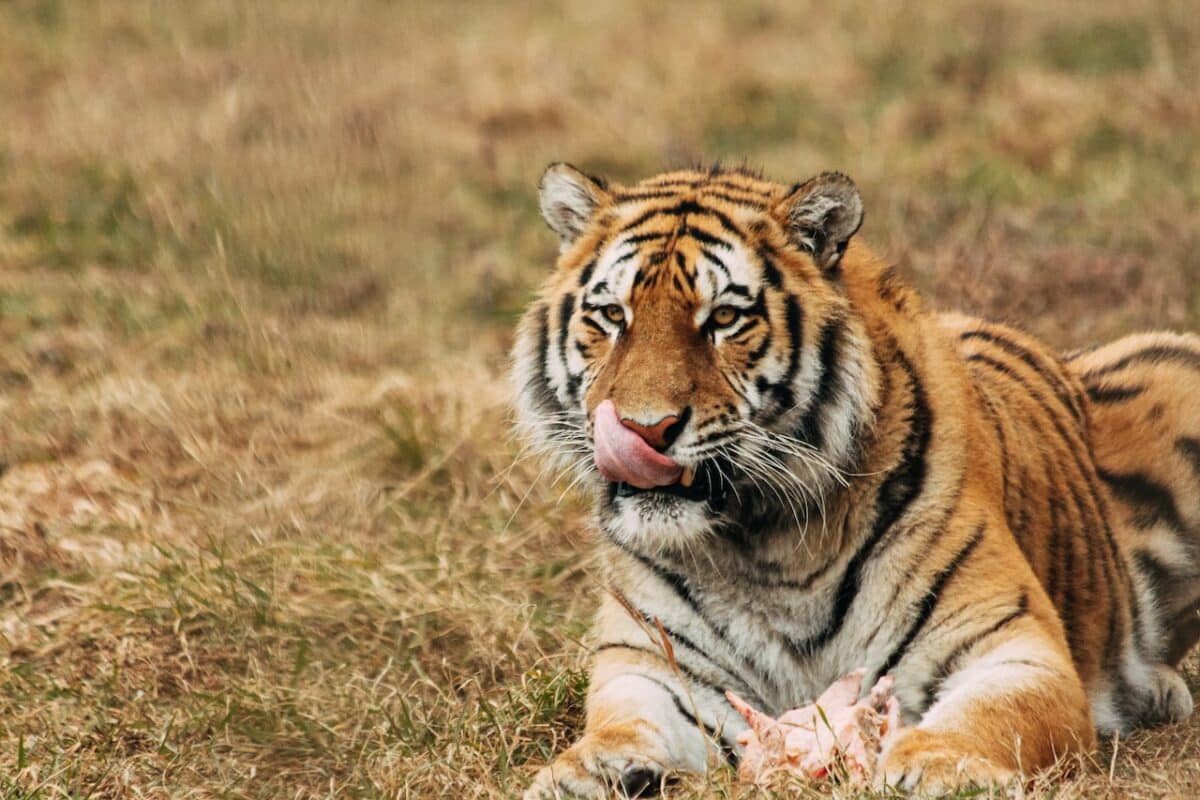
| The Sumatran Tiger, with less than 400 individuals remaining in the wild, was recently classified as critically endangered due to habitat destruction and poaching. |
| The Amur Leopard, with a population of fewer than 100 individuals, is one of the world’s rarest animals, and conservation strategies are being applied to save them. |
| Gorillas, Asian elephants, and African rhinos are also critically endangered due to habitat loss and poaching, with conservation efforts underway to protect their natural habitats and prevent them from becoming extinct. |
| Conservationists worldwide have identified strategies to help preserve these species so that future generations may admire their beauty and grandeur. |
Wrapping Up with the Most Endangered Species of Animal
Evidently, our planet is in a crisis of rapid extinction. Many species of animals are at risk of being removed forever unless we take action. The Sumatran Tiger, Amur Leopard, Gorillas, Asian elephants, and African rhinos are endangered due to habitat destruction and poaching.
Conservationists worldwide have identified strategies to help preserve these species so that future generations may admire their beauty and grandeur. Furthermore, as citizens of this planet, it’s our job to support these efforts by donating money, volunteering for organizations dedicated to animal preservation and conservation, spreading awareness about endangered animals through social media platforms, and reducing our carbon footprint by participating in sustainable practices.
Additionally, beyond just contributing monetary resources or volunteering our time to save these animals, there are many other ways in which we can help protect and preserve their habitats and promote sustainable practices to ensure their survival in the long term.
Let’s use the power of our voices to demand better protection for endangered creatures worldwide! We can ensure a brighter future for endangered species worldwide by taking action now.
Thanks for following along with me! I hope you feel like you have learnt a thing a two and enjoyed reading about these animals that need your help. Next up are Where to See Giraffes, Tiger vs. Puma, and The Puma & the German Shepherd, and The AMES Foundation and Their Fight Against Rhino Poaching.
Join our Forum for free today!

- Kind Elephant Merciful To Lion Cubs - July 22, 2024
- Beachgoers Save Massive Shark Stranded In Florida - July 22, 2024
- Pit Bull Rescued From Being Chained Its Whole Life Gets A Surprise - July 21, 2024

